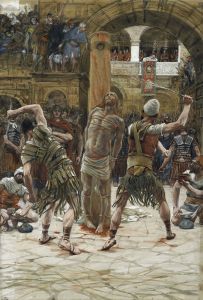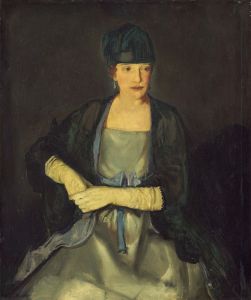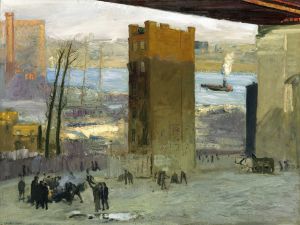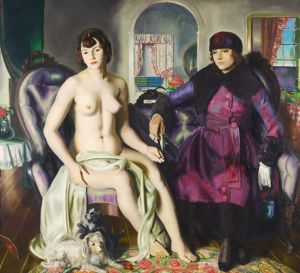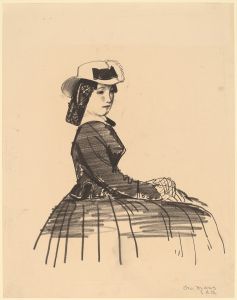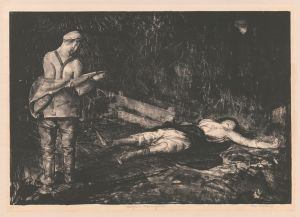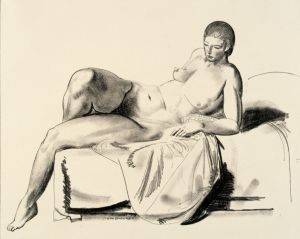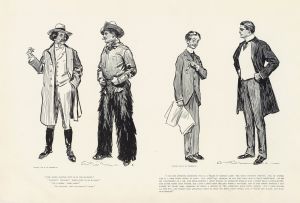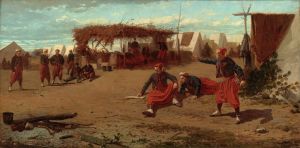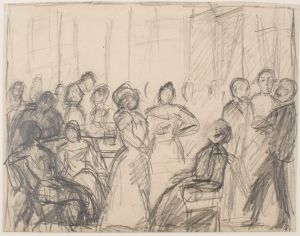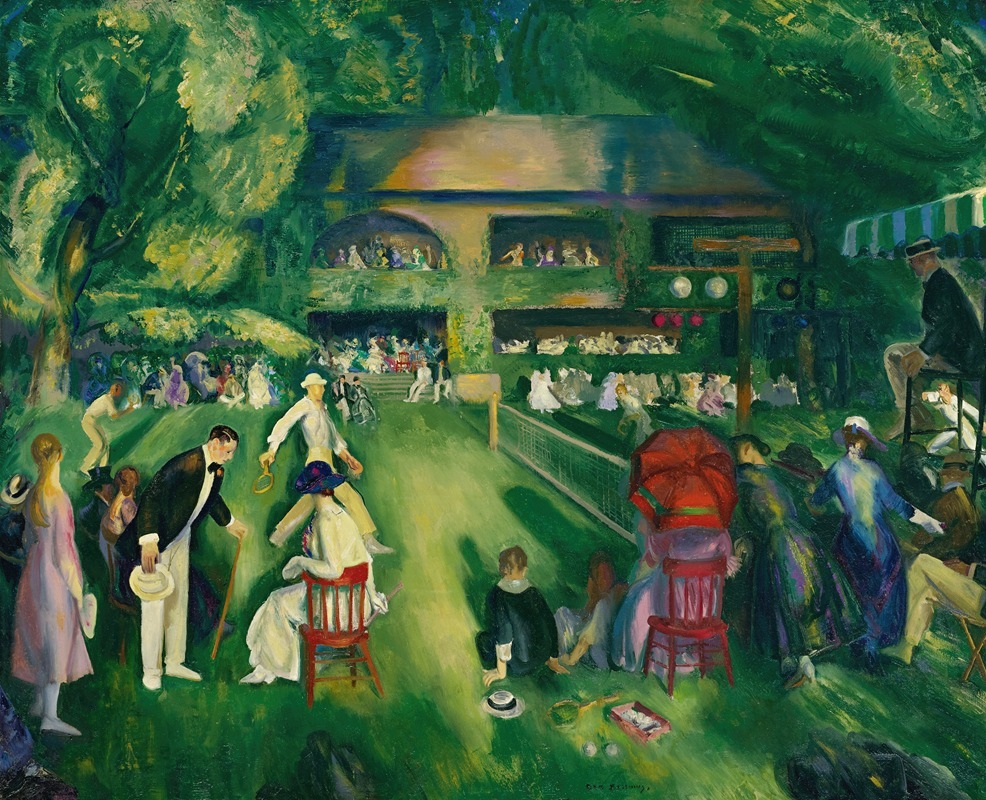
Tennis At Newport
A hand-painted replica of George Wesley Bellows’s masterpiece Tennis At Newport, meticulously crafted by professional artists to capture the true essence of the original. Each piece is created with museum-quality canvas and rare mineral pigments, carefully painted by experienced artists with delicate brushstrokes and rich, layered colors to perfectly recreate the texture of the original artwork. Unlike machine-printed reproductions, this hand-painted version brings the painting to life, infused with the artist’s emotions and skill in every stroke. Whether for personal collection or home decoration, it instantly elevates the artistic atmosphere of any space.
George Wesley Bellows (1882–1925) was an American realist painter and a prominent member of the Ashcan School, known for his dynamic and vivid depictions of urban life, leisure, and sports. One of his notable works, Tennis at Newport, painted in 1919, captures a lively scene of a tennis match at the Newport Casino in Newport, Rhode Island. This painting exemplifies Bellows' ability to portray movement and energy, as well as his interest in depicting recreational activities of the American elite during the early 20th century.
The Newport Casino, designed by architects McKim, Mead & White in 1880, was a social and sporting hub for the wealthy during the Gilded Age. It hosted tennis matches, including the prestigious U.S. National Lawn Tennis Championships, which later became the U.S. Open. Bellows' painting reflects this setting, showcasing a tennis game in progress with spectators gathered around the court. The composition emphasizes the contrast between the active players and the more static audience, creating a dynamic interplay of motion and stillness.
Bellows employed a vibrant color palette and loose brushwork in Tennis at Newport, which are characteristic of his style during this period. The painting captures the bright, sunlit atmosphere of the outdoor scene, with dappled light filtering through the trees and illuminating the players and spectators. The figures are rendered with a sense of immediacy and spontaneity, conveying the liveliness of the event.
This work is significant not only for its artistic qualities but also for its cultural context. It provides a glimpse into the leisure activities of the American upper class in the early 20th century, reflecting the social dynamics and values of the time. Bellows, who often depicted scenes of urban working-class life, here turns his attention to a more affluent setting, showcasing his versatility as an artist.
Tennis at Newport is part of the collection of the National Gallery of Art in Washington, D.C. It remains an important example of Bellows' exploration of sports and leisure as subjects in his art, highlighting his ability to capture the energy and spirit of American life in the early 1900s.





